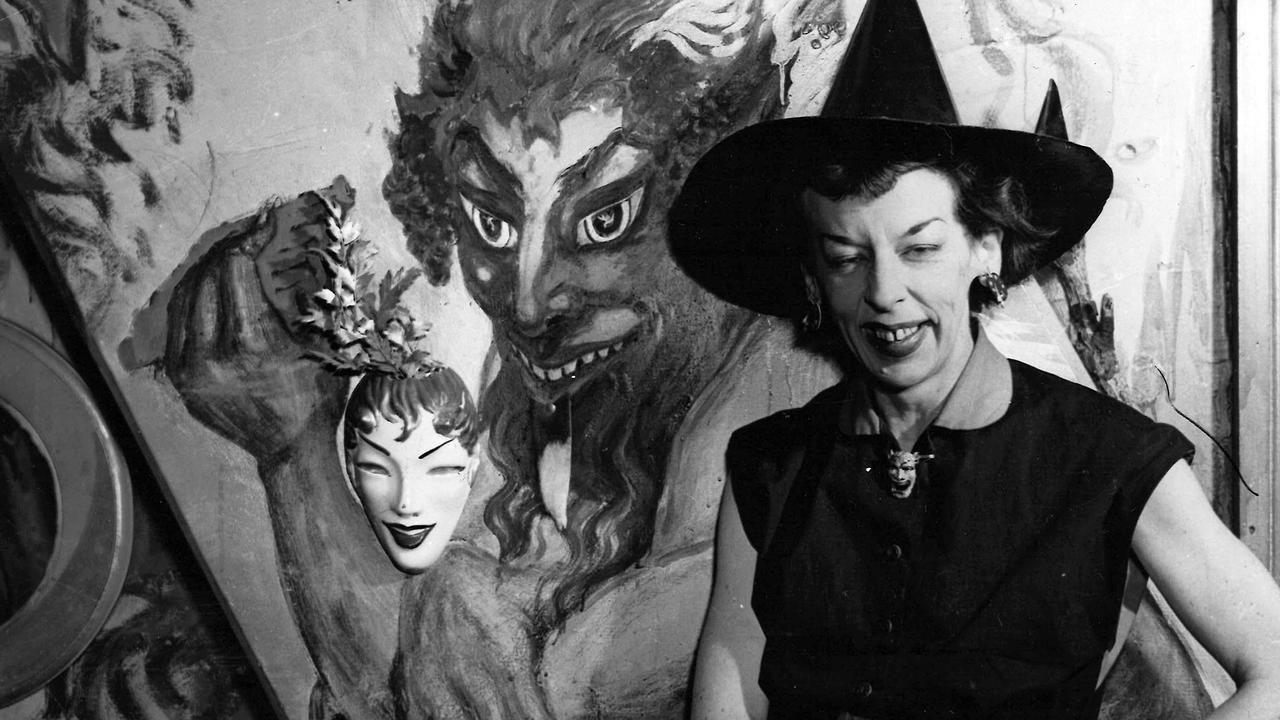John Gunn and George Roberts were hanged in front of 2000 spectators near Geelong Gaol
When public executions were a grotesque public spectacle, some of Geelong’s finest had ringside seats as two men were hanged.

In Black and White
Don't miss out on the headlines from In Black and White. Followed categories will be added to My News.
While public executions in the 1800s were intended as a deterrent against crime, they became a macabre form of entertainment attracting men, women and children dressed in their Sunday best.
So when John Gunn and George Roberts were executed simultaneously near Geelong Gaol in the town’s first and only public execution, more than 2000 sightseers turned up to watch them die.
The tale of Geelong’s double public execution in 1854 is told in a new episode of the free In Black and White podcast on Australia’s forgotten characters:
Scotland-born ex-convict Gunn, aka “Cranky Gunn”, a belligerent drunk aged about 60, was sentenced to death for murdering Samuel Harris, aka “Dirty Sam”, after a drunken argument.
The editor of Geelong’s Advertiser & Intelligencer decried the effect of the drunken violence on Victoria’s reputation, noting “the facts disclosed in evidence show the existence of a state of things more resembling the ruffianism of Texas or San Francisco”.
Roberts, aka “Big Bob”, aged about 27, was convicted for attempted poisoning after mixing arsenic into the kettle of a man named George Kelly to get out of paying a five pound debt.
Historian Deb Robinson, general manager of Geelong Gaol Museum, says public executions began in Australia when the English legal system was adopted.
“It’s one of those things that you think is medieval England rather than something that happened here in Australia, but it most certainly did,” she says.
“They thought it would help deter people from people committing crimes if they saw people essentially losing their lives in front of them.”


Public executions soon became a grotesque spectacle, and crowds of curious sightseers including many respectably dressed families thronged to the site on the early morning of November 9, 1854.
“There were 2000 people and it was men, women and children,” Ms Robinson says.
“You get dressed up in your Sunday best and turn up to watch a couple of blokes lose their lives at the end of a noose.
“It doesn’t sound like really terribly good family entertainment, but apparently it was.”

A procession of dignitaries led the two condemned men from Geelong Gaol to a site about 200m away, where bright yellow double gallows had been erected.
Among them was the mayor of Geelong, who had been re-elected only the night before.
At 8am, the men were hanged at the site, which became known as Gallows Flat, a name that stuck for many years.
Newspaper journalists were aghast at the public spectacle, with The Argus noting the large horde had assembled “to feast their depraved appetites on the pleasures of death”.
The laws changed only two weeks later, banning further public executions, more than a decade before the practice was stopped in Britain.
To learn more, listen to the interview with historian Deb Robinson in the In Black and White podcast on Apple Podcasts, Spotify or web.
See In Black & White in the Herald Sun newspaper Monday to Friday for more stories and photos from Victoria’s past.


